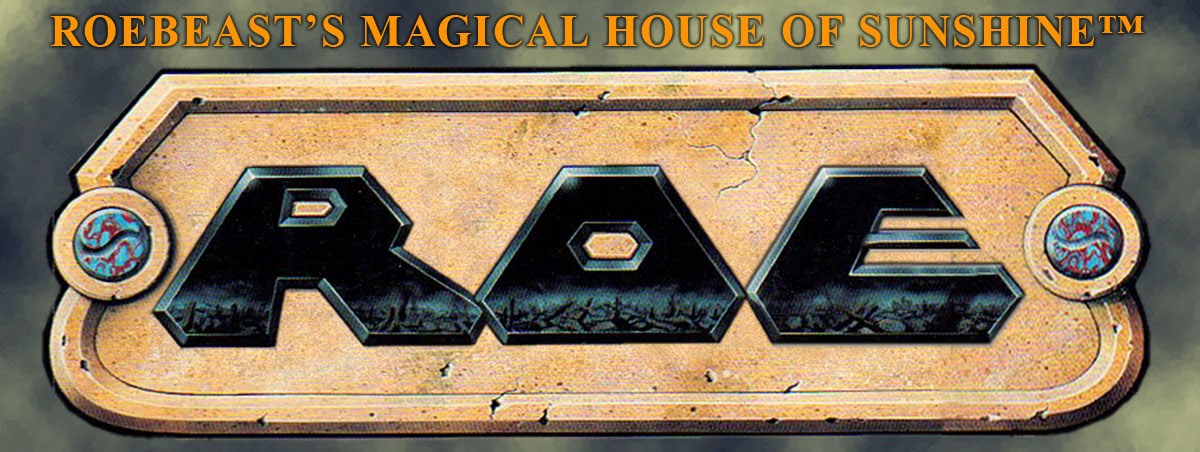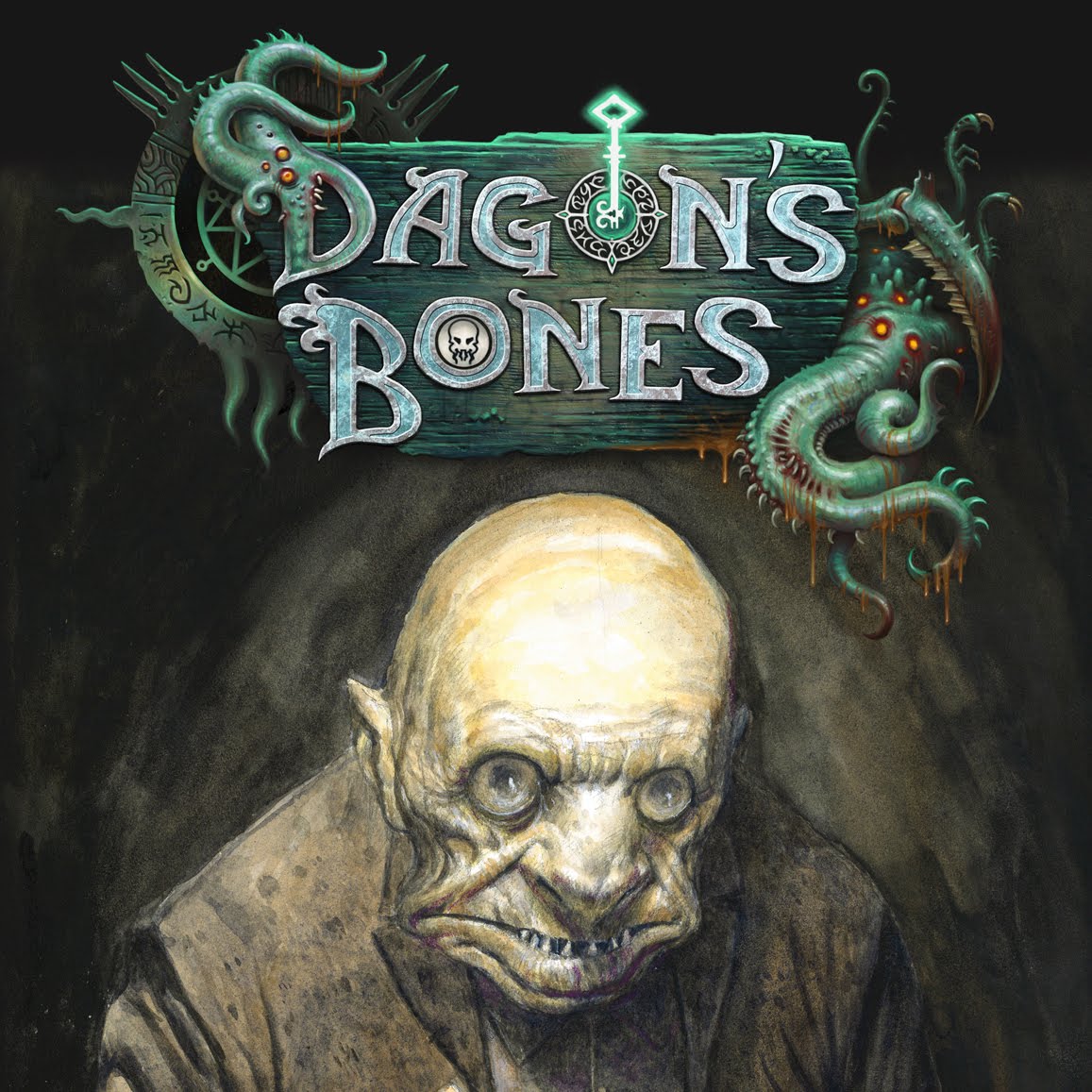Now it just comes down to gluing and puttying everything into a nice solid mass. You can see here that I also used various thicknesses of styrene sheet to add panels, a door in the back, and other details. Now is when the real fun of trash bashing starts. Try to get a good overall amount of detail without leaving one area too sparse while overloading another. Although sci-fi vehicle design is often more whimsical than functional try to think about what your vehicle needs and what certain parts can represent.
 |
| The Bates Industries Roadpig DX. |
I use primarily cyanoacrylate glue but occasional epoxy glue when required. Milliput yellow-grey is used to fill gaps and sculpt details, like the seal around the cockpit bubble, that I can’t find good bits for. Milliput seems to work better for this than any other modeling putty since it sticks pretty well and can be smoothed with water before sanding once it’s cured. I’ve found that wetting the area that I’m going to apply it to helps it to stick better while trying to blend joins and transitions.
The rear door, leading to storage and the engine compartment, is scratchbuilt out of styrene. The taillights are plastic hemispheres that I found in the craft section. They usually come with an adhesive on the back but I scraped this off to make sure that super glue would stick. They are based on circles of styrene punched out using a bunch of various sized punches that I’ve collected.
 |
| Try to add several layers of detail to heighten visual interest. |
For the wheels I used soda caps with their edges sanded smooth and then glued in pairs. The axel housing is just a hunk of balsa wood covered in sheet styrene. I carved out an indentation in the top to allow the rounded container to fit snugly on it. I use balsa wood to build forms like this since it’s quicker than trying to build a whole shape out of styrene and it’s much stronger as well.
 |
| A twelve-pack of Diet Mountain Dew gave its life so that this car could roll. |
The hubcaps are made using Insta-Mold from Cool Mini or Not. This is a very useful low-temp melting silicone that allows you to make simple castings. I made a master part using a washer and some of the craft hemispheres. These were then cast using various putties. This gives a more regular feel to the piece and is much easier than trying to scratchbuild each part.
 |
| This stuff is great for making multiple copies of that one really neat greebly that you only have one of. |
All of the parts are glued on and puttied I usually go over it again with medium grit sandpaper before painting. Then I go over it lightly with a damp paper towel to get rid of the worst of the sanding dust.






A work-in-progress to amaze and to inspire. Great modeling, Sir.
ReplyDeleteVery nice love the caps you made
ReplyDeleteVery good - as stated earlier - I always like a good scratch-build.
ReplyDeleteTony